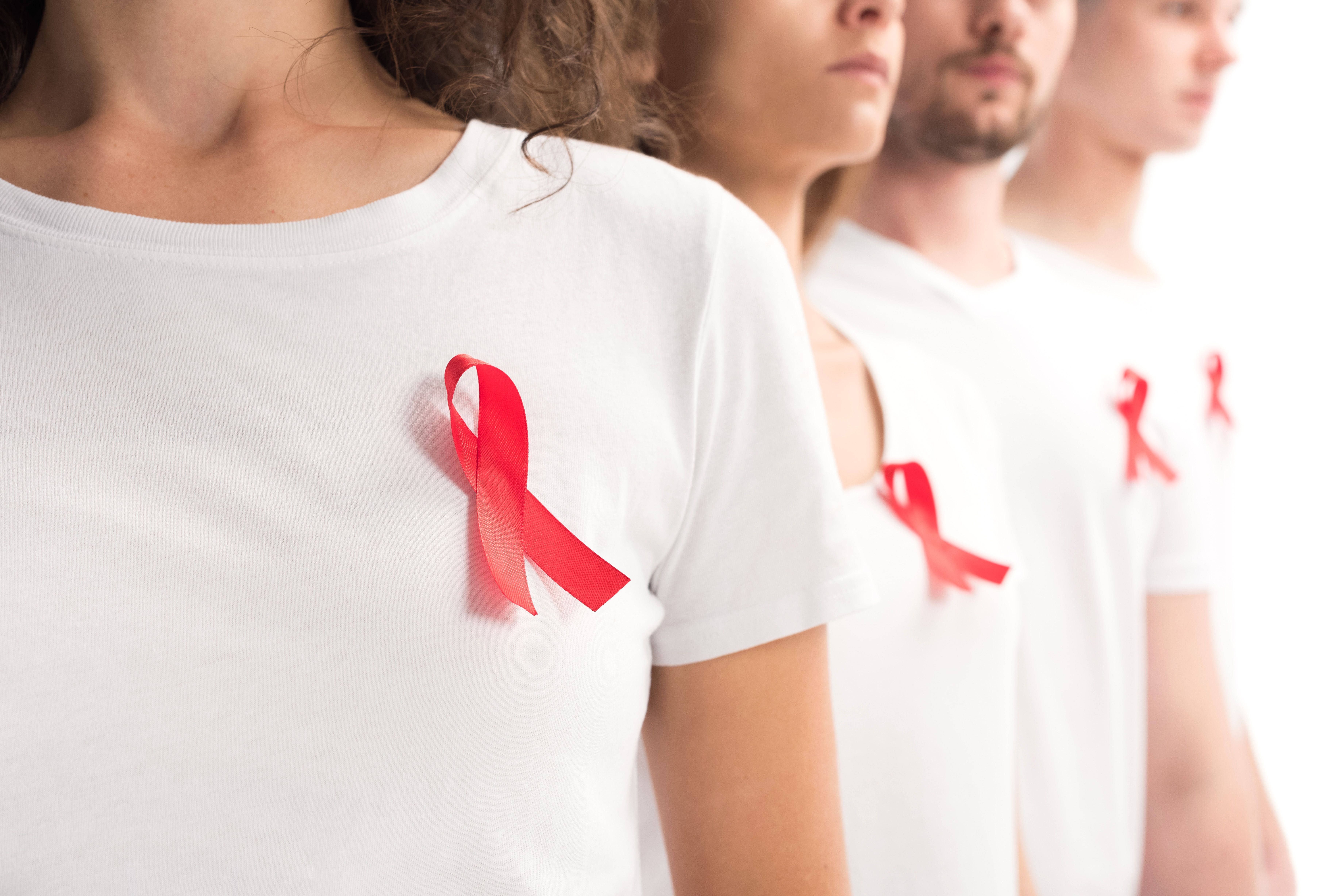Video
Optimal Treatment of MDR HIV Impacting Population Health
Dr Lopes and Mr Driffin discuss cost considerations and utilization barriers inhibiting treatment for patients with multidrug-resistant HIV.
Ryan Haumschild, PharmD, MS, MBA: Overall health is important for population health. Mr Driffin, how does the optimal treatment of multidrug-resistant HIV affect population health overall and progress toward the eradication of HIV infections? What can be done to prevent additional cases of multidrug-resistant HIV? Are there certain risk factors that we can do a better job identifying? Please provide any insights on any case management or pathway programs that you might be aware of that can best help patients who are most at risk?
Daniel Driffin, BS, MPH: It goes back to what Dr Sension was saying. We have to ensure that folks are virally suppressed. Across the communities, it may be better known as undetectable equals untransmittable. Truly, [we have to] have this conversation with every patient: as you’re virally suppressed, you’re not creating new HIV infections. I live in a city that always stays high in incidence and prevalence, but that’s a result of having such low viral suppression rates, especially among communities that have not traditionally been connected to medical care.
Something Dr Lopes brought up earlier was predictors of nonadherence. That’s really important. One of the things we’re doing is implementing activities to ensure that bias isn’t seeping into those predictors of nonadherence. Those biases are often connected to costs, to the populations that you’re being served, to how money is being managed for the care of those same populations. It all circles back into solutions. As we’ve been saying, those solutions are at the intersection of interdisciplinary teams. [We need to] ensure that patients see themselves in the medical home, that patients are employed as those key providers of care as well. Those types of innovations wrapped in an implementation science framework will help us eradicate HIV in [the United States] and abroad.
Ryan Haumschild, PharmD, MS, MBA: Excellent comments. Dr Sension, I want to hear some final thoughts from you on this question because you’ve been treating in this space for a while. What can we do to prevent additional cases of multidrug-resistant HIV? Are there certain pathways or case-management programs that will help us identify at-risk individuals and reduce that transmission?
Michael Sension, MD: That’s the next frontier of research, to zero in on what you just said. Going back to a previous discussion on CD4 count recovery, so often multidrug-resistant individuals come to me with very advanced disease. If we’re able to successfully manage them with a new agent—maybe 1 that we’ve talked about today—and create an optimized background regimen, the clinical trial showed that patients do better. I’ve seen in my own practice. Their T cells go up. Often, they’re sick, they’ve lost weight, they gain weight, they have more energy, and they feel better. They notice a huge difference between how they were and how they are now. I’ll have the discussion with them that their safety, their insurance, to stay the way that they are and not go back to the way they were, is by staying adherent and staying on their medication. Many times, they’re achieving virological suppression for the first time. They’ve been living with fear, assuming they’re going to die of AIDS sometime, and feeling it in their bodies. Now they’re feeling something new, something different that they’ve never experienced: a restoration of health. I try to leverage that. I try to get them excited about maintaining suppression and maintaining their insurance, so that they will always stay suppressed by staying adherent.
Transcript edited for clarity.




